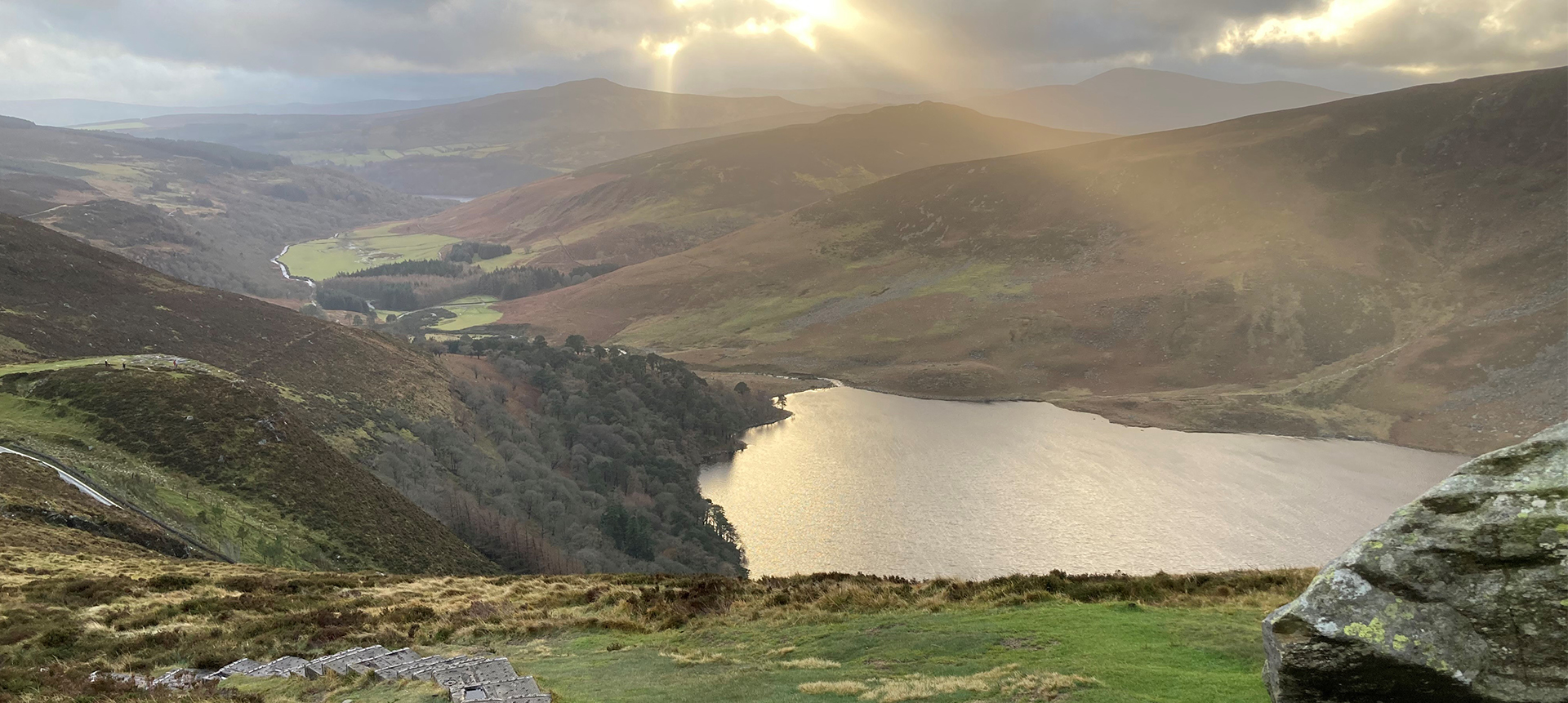EPA Water Conference 2024 – videos now available
The EPA Water Conference 2024 took place on 12 and 13 June, in Galway and online. Speakers shared their knowledge […]
Read More
The EPA Water Conference 2024 took place on 12 and 13 June, in Galway and online. Speakers shared their knowledge […]
Read MoreWater quality in 2023: an indicators report, published by the EPA on 12 June 2024, provides an update on the […]
Read More22 May 2024: The Environmental Protection Agency (EPA) has published the latest assessment of the pressures that impact on water […]
Read MoreDomestic wastewater treatment systems (DWWTSs) are used to treat sewage, in the case where a house or premises is not […]
Read MoreIndustry pressures include large facilities licenced by the EPA under Integrated Pollution Control (IPC) and Industrial Emissions (IE) legislation, and […]
Read MoreAgriculture is the most common land use in Ireland, covering approximately 70% of the country, the majority of which is […]
Read MoreChanges to the hydromorphology ranks as the second most significant pressure in surface water bodies. Activities that impact on the […]
Read MoreForestry accounts for approximately 12% of land use in Ireland. Just under 50% of the total forest area is under […]
Read MoreThe implementation of the Urban Wastewater Treatment Directive has led to a significant reduction in nutrients and organic material polluting […]
Read MoreQuite simply, everyone in Ireland has a role to play. This can be from something as simple as making sure you don’t pollute your local stream, or a local community working together to establish a Rivers Trust to enhance the rivers and lakes in their area, to a Government Department or Agency helping a Minister implement a new policy to help protect and enhance all our water bodies.
This website has been developed and is maintained by the Environmental Protection Agency, and is a collaboration between the Department of Housing, Planning and Local Government, the Environmental Protection Agency, and the Local Authority Waters Programme.

The Local Authority Waters Programme coordinates the efforts of local authorities and other public bodies in the implementation of the River Basin Management Plan, and supports local community and stakeholder involvement in managing our natural waters, for everyone’s benefit.

The EPA is responsible for coordinating the monitoring, assessment and reporting on the status of our 4,842 water bodies, looking at trends and changes, determining which waterbodies are at risk and what could be causing this, and drafting environmental objectives for each.

The Department is responsible for making sure that the right policies, regulations and resources are in place to implement the Water Framework Directive, and developing a River Basin Management Plan and Programme of Measures to protect and restore our waters.